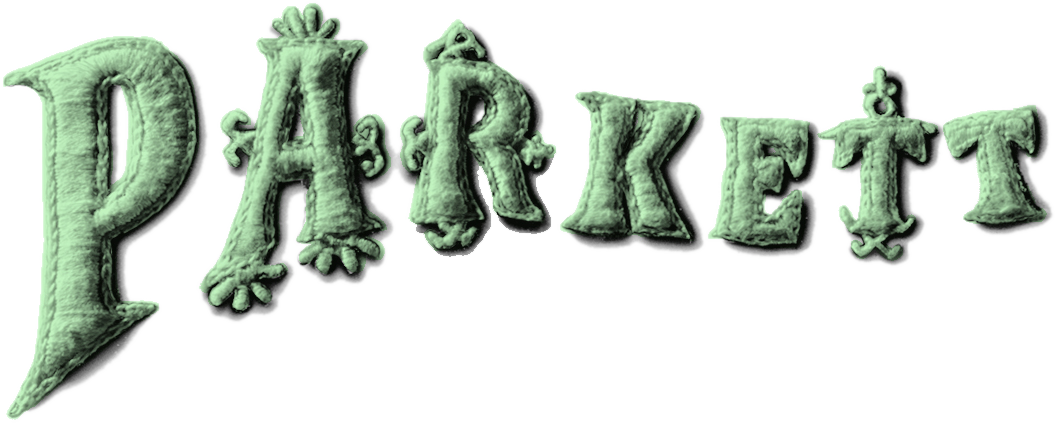Browse Selected Texts and more on the Collaboration Artists
Artist Insert
Editorial
The traditional media exploited in the works of Marilyn Minter, Albert Oehlen, and Jon Kessler are no longer what they used to be. Our referential world is inscribed in their art with such symbiotic intensity that extremely topical artistic mutations result.
Not only painting, photography, installation, and video but also venerable avant-garde techniques like collage, the readymade and the kinetic object art come into play here. Art showed a remarkable farsightedness at the beginning of the last century in rehearsing these techniques with a view to new processes of production and their potential for the standardized, mass dissemination of images and objects.
Today, however, Albert Oehlen uses collage alongside computer software, which allows him to embed painting in an adequate, binding network. But as John Kelsey puts it, “What is so non-Ernst-like here is that the images seem almost bored of their own shock-value.”
Before our very eyes, Jon Kessler’s kinetic works generate electronic images in real-time; they are Moebius strips that describe convolutions in space, creating a hopelessly indistinguishable fusion of our harmless art-viewing location with the most explosive theaters on this planet. These are hellish machines and yet Bruce Sterling optimistically suggests they might someday “tenderly reassemble the scattered fragments of women maimed by the glamour biz.” One might think he was talking about Pamela Anderson, when he speaks of the “globalized semiotic freight” that sex bombshells have to “tote.”
It is Marilyn Minter who decided that she would take pictures for Parkett of Pamela Anderson as she wanted them taken. The artist is obviously interested in achieving more than a cool readymade effect through the change of context in which the centerfold appears. As simple and complex as the encounter is revealed to be in these pictures, it demonstrates an openness. that also makes room for the “pathology of glamour,” a term inspired by Minter’s art. In comparison to the conventional, functional photographic gaze, disinterest is not at work here, but rather a shift of interest towards an epidermal reality and its potential for arousing emotions—a shift towards the pictures behind the pictures.
Also in this issue an Insert by Nate Lowman, the spine has been designed by Ulla von Brandenburg.
Table of Content
Mark Wallinger, State Britain by Paul Bonaventura
Albert Oehlen
Indulgences: 95 Theses or Bottles of Beer on the Wall by Glenn O’Brien
Collage and Program by John Kelsey
Jon Kessler
The Machine Maker by Lori Waxman
On the Survial of Images: Kinetic Image and Modern Vision by Pamela Lee
Mechanization Spurns Command by Bruce Sterling
Marilyn Minter
Soiled Glamour by Andrea K. Scott
A Patholy of Glamour by Marilyn Minter and Cay Sophie Rabinowitz
Sparkles and Freckles by Katy Siegel
Nate Lowman, Insert
Inspiring Decadence by Herbert Lachmayer
How to Become a Good Revolutionary (Within the Museum), Cumulus from America by Gabriela Rangel
Zero Gravity Art (Didier Cuche and Marcel Duchamp), Cumulus from Europe by Marc-Olivier Wahler





